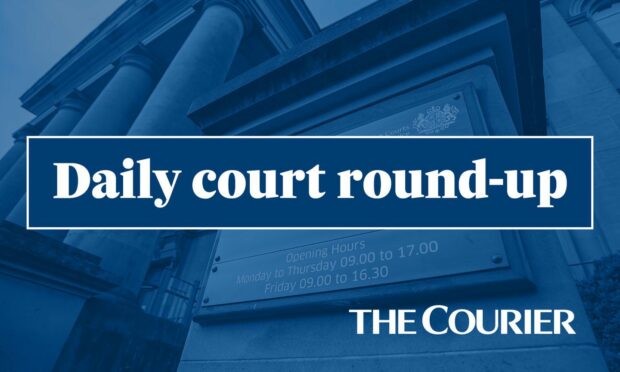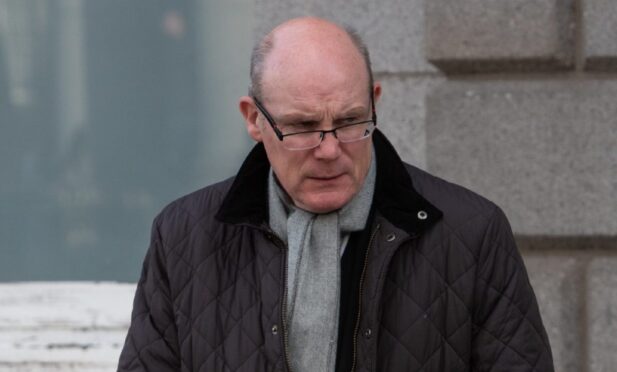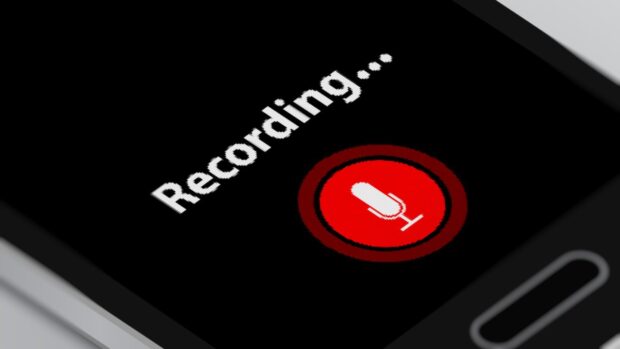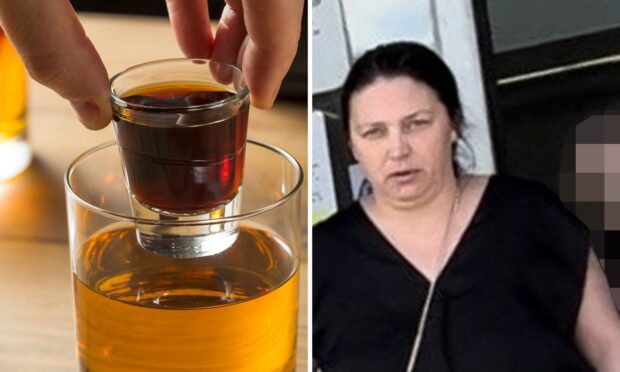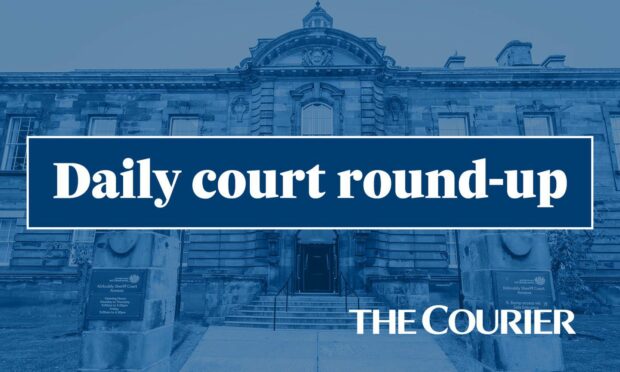Scotland’s most senior prosecutor has warned changes proposed by ministers to the jury system could make it “far more difficult” for people to be found guilty after trial.
Lord Advocate Dorothy Bain KC described plans from the Scottish Government to change the size of a jury and the proportion of jurors required for a verdict of guilty as “very concerning”.
She insisted the changes, included in the Victims, Witnesses and Justice Reform (Scotland) Bill, are “the wrong way to proceed”, and said the Crown has “very profound concerns about what is proposed”.
She made the comments to MSPs on Holyrood’s Criminal Justice Committee who are scrutinising the legislation, which if passed will scrap Scotland’s controversial not proven verdict, leaving just guilty and not guilty verdicts open to juries.
But while currently an accused person can be found guilty if eight members of a jury of 15 agree that is the correct verdict, the new law requires eight out of 12 jurors to support a conviction.
Ms Bain told the committee: “The changes in relations to the jury size and the majority are very concerning and they would to my mind make it far more difficult to achieve a conviction in the type of cases we are so concerned with here.”
“The Bill has been introduced amid concerns over the low levels of convictions for rapes and other sexual offences.
The Lord Advocate said for acquaintance rapes, involving a single accused person, there is a “very low level of conviction rates in these type of cases”.
She told MSPs: “I consider that the changes that are proposed will make it more difficult to get a conviction in the type of cases we are talking about here today.
“Currently the system we operate is one of a system of a simple majority based on where there is 15 jurors.
“We’re going to be increasing the percentage required of that jury for a guilty verdict.”
The Lord Advocate explained the Crown Office is concerned that while the new system would require a two-thirds majority of jurors for a guilty verdict to be returned, there is no similar requirement for not guilty verdicts.
She said: “In other jurisdictions that operate a qualified majority, or a requirement for unanimity, this applies to the returning of both guilty and not guilty verdicts, and the provisions in Scotland would be unique in requiring only a majority for guilty verdicts.”

She added that as it stands, the new law could see an accused person acquitted even if seven out of the 12 jurors believe them to guilty.
This would be “more undesirable than the existing difficulties caused by the not proven verdict”, the Lord Advocate said.
She said: “If Parliament is considering changing the majority, it might be worth considering whether the majority should remain for both guilty and not guilty verdicts, and whether there should be a provision for retrial.”
Ms Bain went on to warn it could “erode public confidence in the justice system to go ahead with the two-thirds majority proposal without the sort of safeguards the Crown are asking for”.
She told the committee: “Given our concerns and to ensure consistency with other jurisdictions that require unanimity or a qualified majority, there should be provision for the Crown to seek the authority of the court for a retrial where a majority is not reached.”
Ms Bain insisted it would be “appropriate” for the Crown to seek to re-raise proceedings in such cases, though she stressed this would not be an automatic right, saying “careful consideration” would be given.
She also said giving “far better support” to victims, so they are better prepared when they come to court, could help increase convictions.
The Lord Advocate added: “If you have a better prepared victim, if they are ready for court, if they are prepared for the court process and they have the confidence to deal with it, and the confidence in the system… that to my mind would be one of the biggest and most significant improvements in what we do.
“I think that would really help.”
The Scottish Government says it is proposing to move to a two-verdict system in order to “move away from a simple majority for conviction to a qualified majority, like many other jurisdictions across the world”.
A spokesperson said: “These reforms are not intended to increase or decrease conviction rates – they are intended to maintain fairness and balance in the system accounting for the unique safeguards of the Scottish legal system, so that it secures the confidence of all those who rely upon it.
“The Scottish Government will reflect on all the views expressed as the Bill continues its passage through Parliament.”


